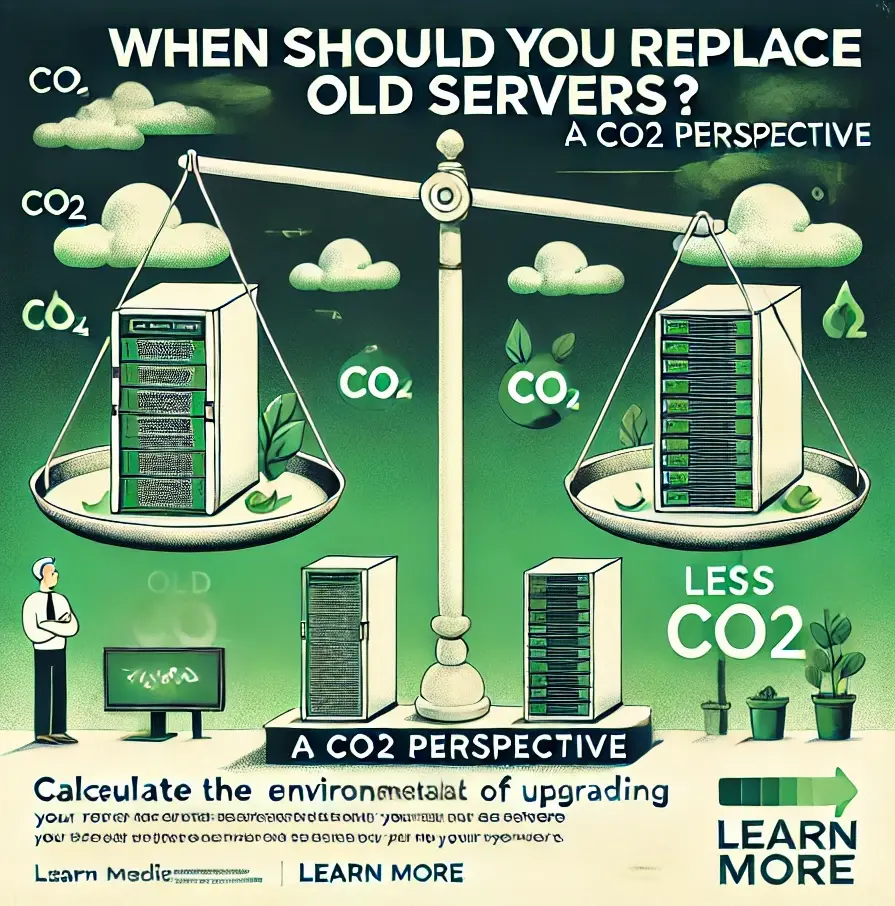We’re excited to announce a new feature in the Green Metrics Tool: first-class Playwright support. Playwright is a widely used framework for end-to-end browser automation and testing. Many teams rely on it to ensure their web applications work as expected. Until now, running Playwright scripts with the Green Metrics Tool meant using the Docker Playwright container and manually mounting scripts. With this update, Playwright is now a native usage scenario type, making it far easier to measure the environmental impact of real browser interactions. [...]


We have gotten pretty good at measuring the emissions from things like computing, storage and memory usage, because the hardware is right in front of us. But when it comes to network traffic, things get murky. [...]

Green Metrics Tool has been certified with the Blue Angel for Software Label Big news: Our Green Metrics Tool just now also physically received the Blue Angel ecolabel for software after getting certified in 2024! That makes us one of just three software products in Germany to get this recognition — alongside Nextcloud Server and KDE’s Okular. [...]

Why measuring AI matters TL;DR Avoid high energy costs and emissions by comparing models before rolling them out at scale. Learn how to benchmark AI models for energy use using simple tools like Ollama and the Green Metrics Tool. Follow a real-world case study where smarter model selection led to resource savings. Get a ready-to-use setup for measuring inference performance on your own GPU or with our hosted cluster. [...]

Measuring the resource consumption of software is quite a complex topic. When we started working on the Green Metrics Tool we couldn’t imagine the ride this would take us on. From studying the Linux Kernel to building out own cluster. While this is needed to get accurate readings this is often too much work for a quick check what is going on. So we started to think about what such a tool needed to do. While I was developing our power logging solution for macOS, the PowerHog I really came to like the simplicity of the macOS powermetrics program. You can just fire it up and get per process energy metrics. You could pipe it into sed/awk and get fairly good data really easily. Even Windows has something similar. So does no tool like this exists under Linux? [...]

Please find the english version below Wir freuen uns, dass unser Green Metrics Tool nun mit dem renommierten Blauer Engel für Ressourcen- und Energieeffiziente Softwareprodukte ausgezeichnet wurde. Diese Zertifizierung unterstreicht unser Engagement für Nachhaltigkeit und Innovation in der Softwareentwicklung. [...]

A friend recently sent me a news headline in which a company is promoting that they will use their servers 15 years. While this initially sounds like a great idea, once you think about it, for a little while, you realize modern servers are far more energy efficient than old ones. This got me thinking, when is the point where the energy efficiency of the modern server outweighs the embodied carbon of the new machine. The more I thought about this the more I went down the rabbit hole. What if, the servers are powered with solar. How do I account for this? What are the servers doing? If the server is doing a lot of vector calculations a new one with a H100 card might make sense. How are they cooled? A modern server will surely produce less heat for the same operation. So it really depends on so many factors in the specific case that a general statement is hard to make. But I still wanted to get some sort of feeling. So I broke it down to the following inputs for the new and old machine: [...]

Artificial Intelligence is on the rise and it is using huge amounts of resources. [1] [2] [3] People are still debating on how much, but it is clear that it is quite a lot. While the training of LLMs is a prevalent discussion the inference stage is hardly discussed. This is the process of getting a model to answer a prompt. Every query that is put to a model also takes up quite a considerable amount of resources. We started researching this topic quite some time back and wanted to see how much resources this really is and how difference models compare to each other and if different types of queries also take different amounts of energy. Coming out of this research we want to present: [...]

Wir sind von der dena (Deutsche Energie Agentur) beauftragt worden, eine hoffentlich bahnbrechende Studie zum Thema Green Coding als Standard in der Softwareentwicklung für eine stromsparende Gestaltung der Digitalisierung zu erstellen. [...]

Something we often encounter when talking to clients is that they often have no idea of how much energy the various components in their pipeline use. We have developed multiple projects like Eco-CI that measures the energy usage of CI/CD pipelines or Power Hog which logs energy consumption on desktops. But to date is was not possible to see how much your servers use. [...]
